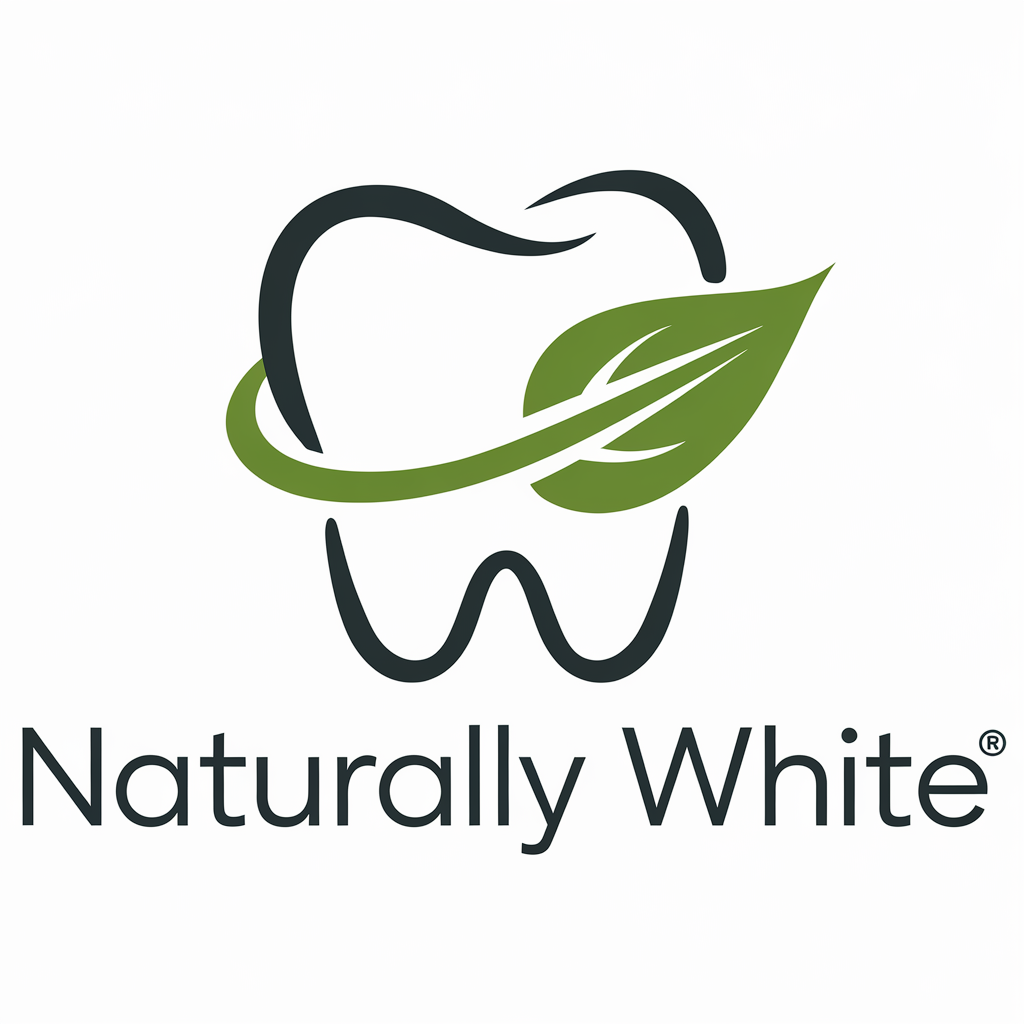
NO. Not with Naturally White laser teeth whitening. But many people are still not aware of new advancements in teeth whitening
treatments which mean that it’s now possible to whiten teeth in 1 hour without the dreaded post
treatment sensitivity. The reason for this is the introduction of peroxide free or ZERO peroxide
teeth whitening systems. These new treatments do not use any peroxide but instead a
substitute most commonly sodium perborate, Sodium perborate (PBS) is a white, odorless,
water-soluble chemical compound with the chemical composition NaBO3.

In October 2012, European laws changed to help regulate the use of peroxide by dentists and
teeth whitening clinics. The reason for this was because of the amount of patients who
reported sensitivity post teeth whitening treatment. This is good news for everyone. It means
that anyone can achieve a perfect white smile and remove stains which build up over time such
as nicotine, caffeine, red wine and dark foods. It means that the maximum percentage of
peroxide a dentist can supply is 6% and it means the introduction of newer treatments
containing no peroxide at all. A white smile can give the patient a new lease of confidence as
they feel good about showing off their new set of sparkling teeth.
Naturally White – The Gentle Way to a Brighter Smile
Dublin Vitality Center is proud to introduce Naturally White™, a laser teeth whitening solution designed with your well-being at heart. Our center has always focused on providing holistic care, ensuring that our treatments are both safe and effective.
With Naturally White™, we offer a peroxide-free whitening system that protects your enamel and avoids sensitivity, making it a kinder option for your teeth. Each treatment includes a 15-minute consultation to customize the experience for every client, reflecting our dedication to personalized, natural care.
Achieve a whiter smile with Naturally White™, perfectly in line with our holistic health philosophy.
Dublin 15
Vitality Centre
48 Rushbrook
Dublin 15
Ireland
Tel: 085 767 6468
City Centre
Vitality Centre
75B Dorset Street
Dublin 1
Ireland
Tel: 087 788 3438
© 2024. All rights reserved. The use of this website is governed by T&Cs..
Any information is not meant to replace advice from a medical doctor. Any supplement treatment, lifestyle or dietary changes should be undertaken only after consultation with a medical physician.
Dublin Vitality Centre® is a registered I-ACT International Colonic Hydrotherapy Training School.